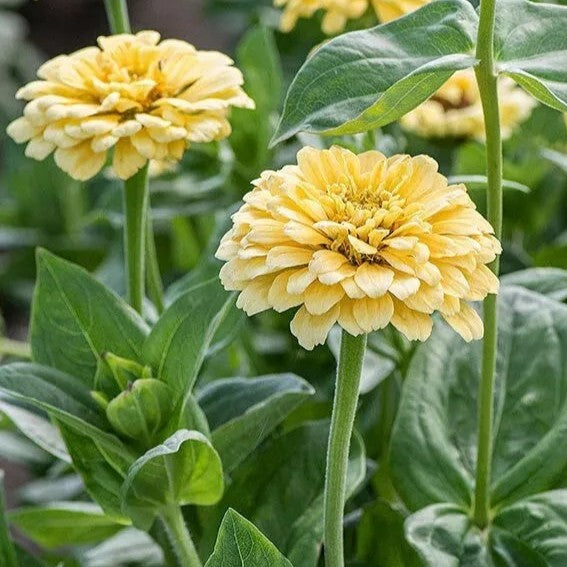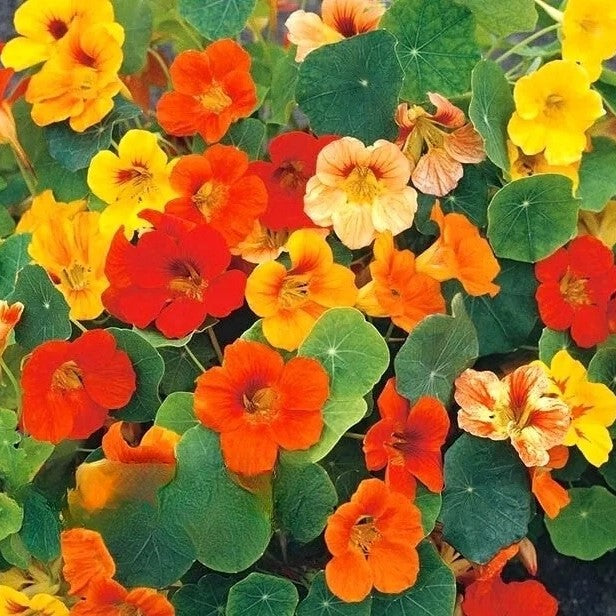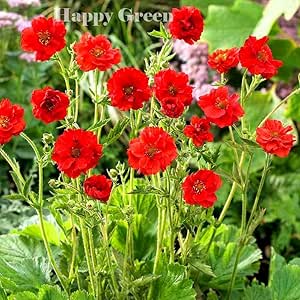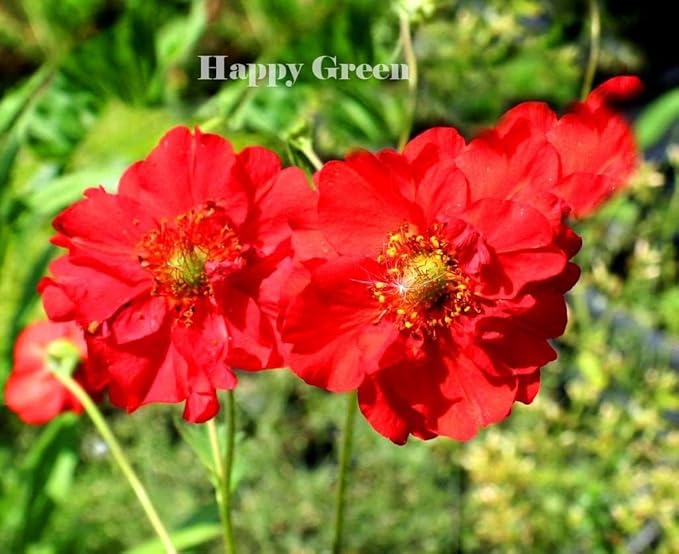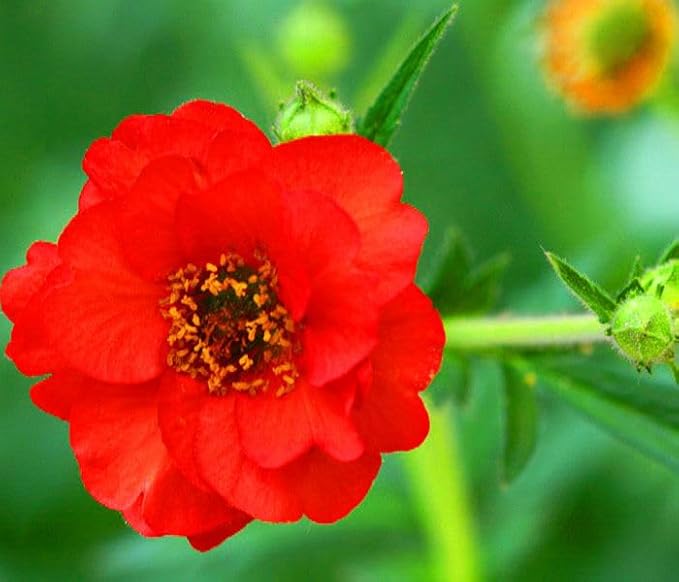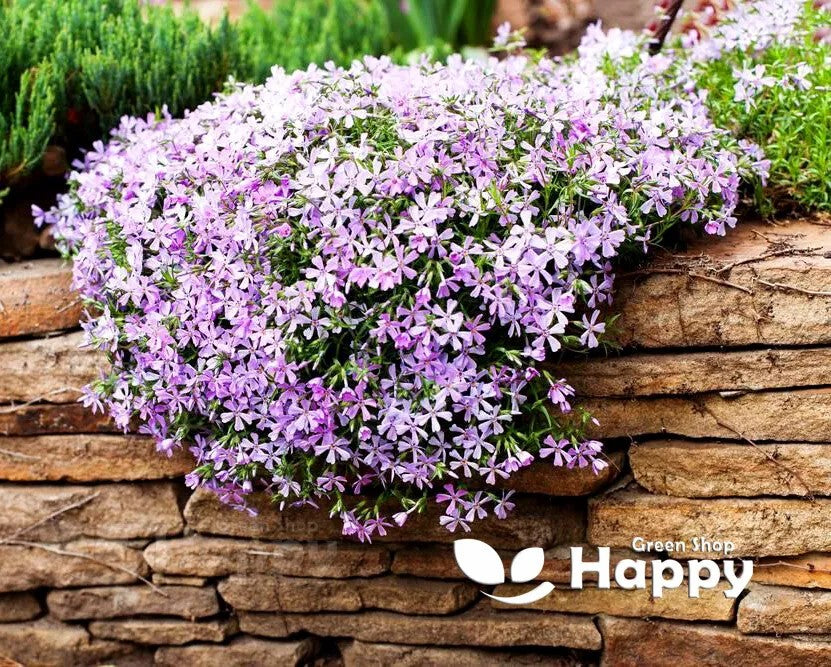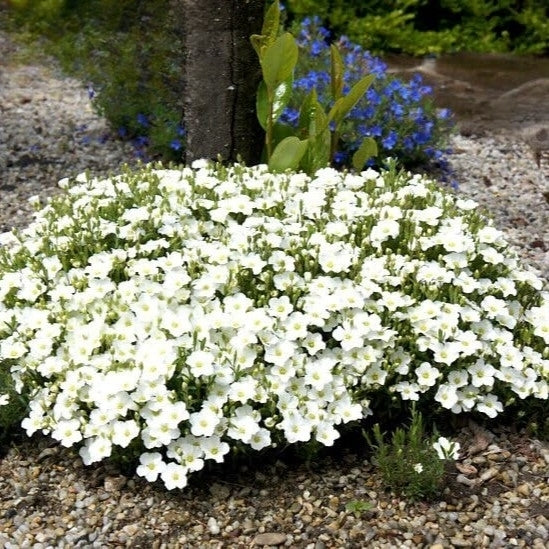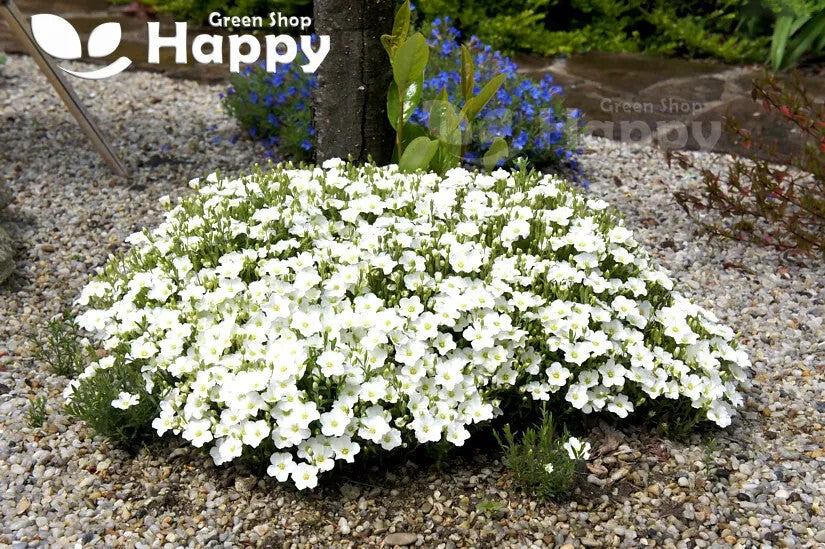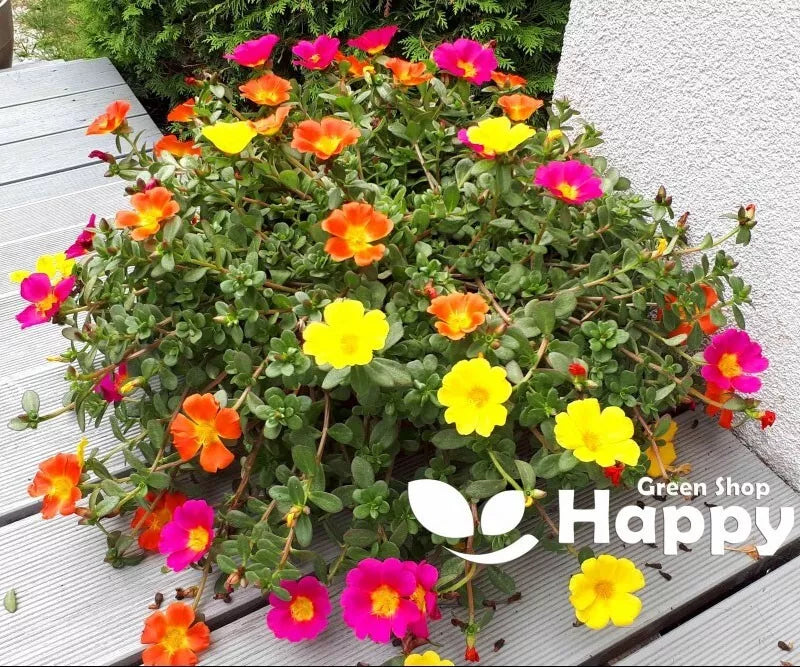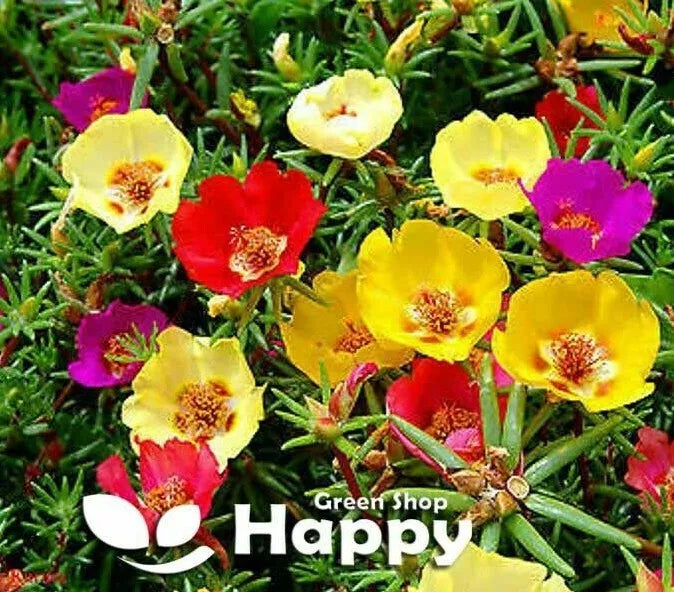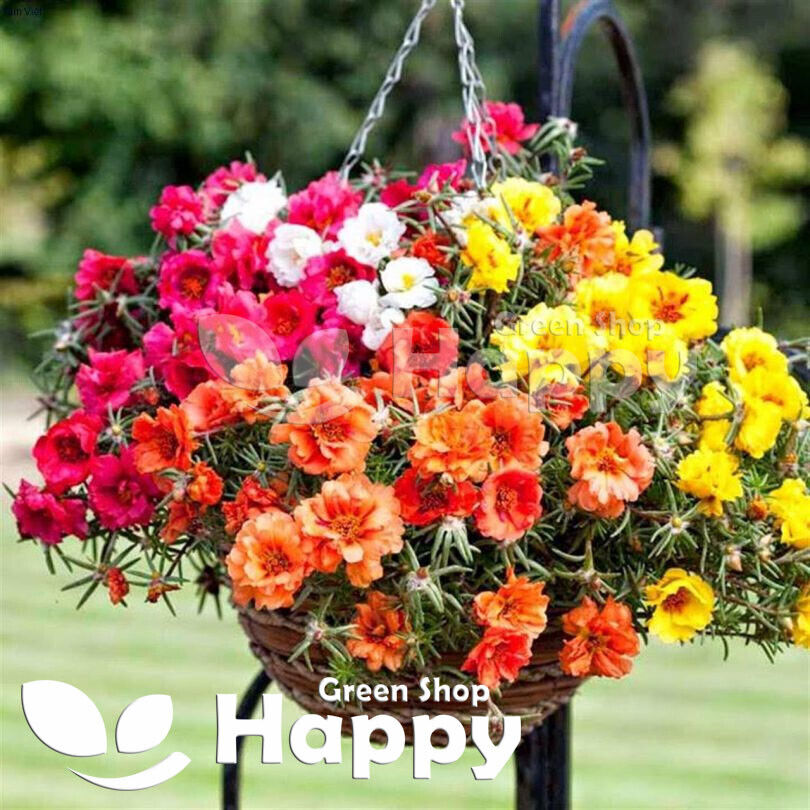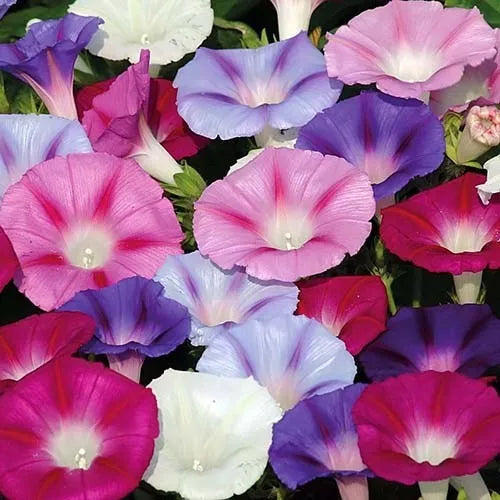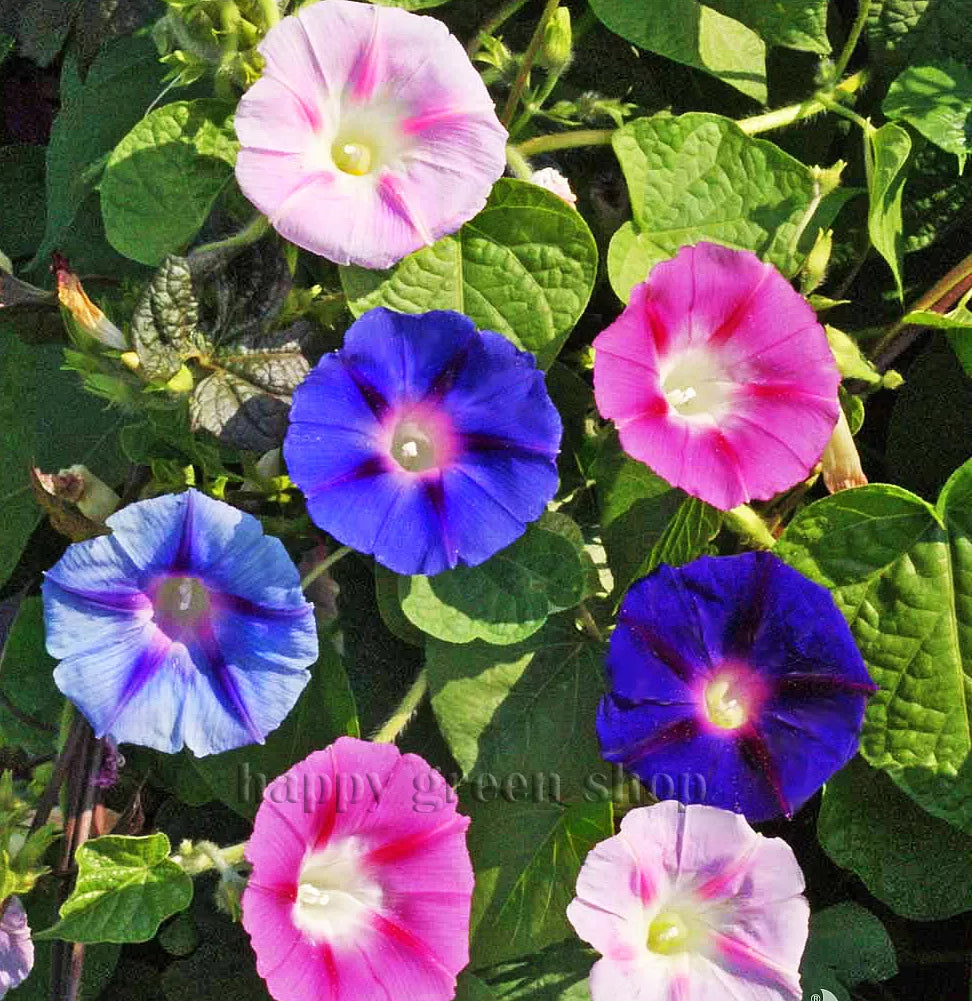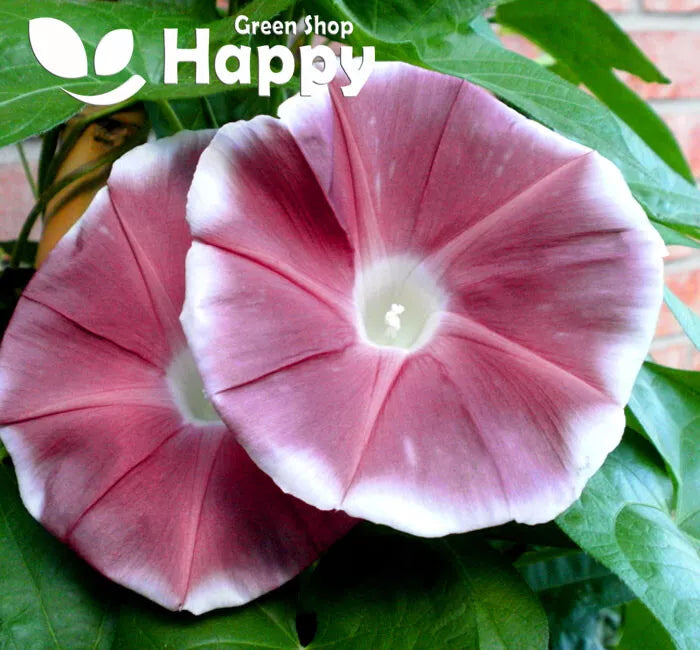Sort by:
326 products
326 products
Nasturtium 'Honolulu' Seeds (Tropaeolum nanum)
Nasturtium 'Honolulu' is a charming dwarf annual with bright, cheerful flowers in shades of red, orange, and yellow. Its compact growth habit makes it ideal for containers, window boxes, and small garden beds. Easy to grow and low-maintenance, it adds a splash of vibrant color while attracting pollinators.
What Makes It Special
-
Bright, cheerful blooms in red, orange, and yellow
-
Compact, dwarf growth ideal for small spaces and containers
-
Easy to grow and low-maintenance
-
Attracts pollinators like bees and butterflies
Key Features
-
Botanical name: Tropaeolum nanum
-
Variety: 'Honolulu'
-
Seed count: Approx. seeds per pack
-
Height/Spread: 15–25 cm tall, 20–30 cm spread
-
Position: Full sun; well-drained soil
-
Flowering period: June–September
Ideal For
-
Containers, window boxes, and small garden beds
-
Borders and edging
-
Pollinator-friendly gardens
-
Brightening patios and terraces
Sowing Instructions
-
When to sow: March–May indoors or outdoors
-
How to sow:
-
Sow seeds 1–2 cm deep in seed trays or directly in pots
-
Germination occurs in 7–14 days at 18–22°C
-
-
Transplanting: Plant seedlings outdoors after frost, spacing 15–20 cm apart
-
Care: Water moderately; remove faded flowers to encourage continuous blooming
Mrs. J. Bradshaw ‘Brilliant Scarlett’ Seeds (Geum chiloense)
A vibrant perennial, Mrs. J. Bradshaw ‘Brilliant Scarlett’ produces striking, fiery scarlet blooms on sturdy stems above clumps of fresh green foliage. Hardy and long-flowering, it’s perfect for borders, cottage gardens, and mixed perennial beds, attracting pollinators and adding bold color from late spring to summer.
What Makes It Special
-
Brilliant scarlet flowers with strong garden presence
-
Hardy, long-flowering perennial ideal for dramatic displays
-
Attracts bees and butterflies, supporting pollinator gardens
Key Features
-
Botanical name: Geum chiloense
-
Hardy perennial
-
Height: 50–70 cm (20–28 in)
-
Bloom time: Late spring to summer
Ideal For
-
Garden borders and cottage-style plantings
-
Mixed perennial beds and containers
-
Pollinator-friendly landscapes
Sowing
-
Sow indoors Feb–Apr or outdoors Mar–May
-
Cover lightly with soil and keep moist
-
Germination: 14–28 days at 15–20°C
-
Thin seedlings 30–40 cm apart
-
Flowers the first or second season after sowing
Mountain Phlox – Seeds (Linanthus grandiflorus)
Bring a splash of wildflower beauty to your garden with Mountain Phlox (Linanthus grandiflorus). This charming annual produces clusters of dainty, star-shaped flowers in shades of lavender, pink, and white, creating a soft carpet of color. Native to western North America, Mountain Phlox is well-suited to rock gardens, borders, and wildflower meadows, thriving in sunny, well-drained spots.
Why Grow Mountain Phlox?
-
Dainty star-shaped blooms in pastel shades
-
Long-lasting summer color
-
Attracts bees, butterflies, and pollinators
-
Excellent for rock gardens and naturalized plantings
-
Easy to grow and low maintenance
Key Features
-
Type: Hardy annual
-
Height: 20–40 cm
-
Flowering: June–August
-
Position: Full sun; light, well-drained soil
-
Uses: Rock gardens, borders, wildflower mixes, containers
Ideal For
-
Adding soft pastel tones to summer displays
-
Pollinator-friendly gardens
-
Drought-tolerant, low-maintenance areas
-
Naturalistic or meadow-style planting
Sowing & Growing
-
Sow outdoors: March–May directly where they are to flower
-
Cover seeds lightly with soil, keep moist until germination
-
Germination: 14–21 days at 15–20°C
-
Thin seedlings to 15–20 cm apart
-
Flowers in summer the same year
Mountain Daisy White – Seeds (Arenaria montana white)
A charming alpine perennial, Mountain Daisy White forms neat, low cushions covered in masses of pure white blooms. Perfect for rock gardens, edging, and containers, it adds a fresh touch of brightness while being hardy and easy to maintain.
Why Grow Mountain Daisy White
-
Profusion of brilliant white flowers in late spring to summer
-
Compact, spreading habit ideal for ground cover
-
Low-maintenance and drought-tolerant once established
-
Long-lived alpine beauty
Key Features
-
Type: Perennial
-
Height: 15–20 cm
-
Flowering: May–July
-
Position: Full sun, well-drained soil
-
Uses: Rock gardens, borders, edging, containers
Ideal For
-
Rockeries & alpine gardens
-
Ground cover planting
-
Container displays
-
Bright edging for paths or borders
Sowing & Growing
-
Sow indoors: February–April in trays with light cover
-
Germination: 14–21 days at 18–20°C
-
Transplant when seedlings are large enough to handle
-
Plant out after last frost, spacing 20 cm apart
-
Prefers sunny, well-drained sites
Moss Rose Single – Seeds (Portulaca grandiflora)
The Moss Rose Single is a low-growing, sun-loving annual with bright, silky flowers in vivid shades of pink, red, yellow, orange, and white. With its succulent foliage and drought tolerance, it thrives in poor soils and hot conditions, making it perfect for rock gardens, containers, and ground cover.
What Makes It Special
-
Brilliantly colored single blooms with a silky texture
-
Excellent tolerance to heat and drought
-
Low-maintenance, thrives in poor soil conditions
-
Perfect choice for hot, sunny garden spots
Key Features
-
Botanical name: Portulaca grandiflora
-
Variety: Moss Rose Single
-
Seed count: Approx. seeds per pack
-
Height/Spread: 10–15 cm tall, spreading to 30 cm
-
Position: Full sun; sandy or well-drained soil
-
Flowering period: Summer to early autumn
Ideal For
-
Rock gardens
-
Hanging baskets and containers
-
Edging along borders
-
Ground cover in hot, dry areas
Sowing Instructions
-
When to sow: March–May indoors or April–June outdoors after frost
-
How to sow:
-
Scatter seeds on the soil surface (light aids germination)
-
Press gently, do not cover deeply
-
Germination: 10–14 days
-
-
After germination:
-
Thin seedlings to 15–20 cm apart
-
Water sparingly—plants prefer dry conditions
-
Moss Rose Double – Seeds (Portulaca grandiflora)
The Moss Rose Double is a vibrant, sun-loving annual that produces rose-like double blooms in a brilliant mix of colors—pink, red, yellow, orange, and white. With its trailing habit and fleshy, succulent foliage, it is exceptionally drought-tolerant and easy to grow, making it ideal for containers, baskets, and rock gardens.
What Makes It Special
-
Striking double flowers with a rose-like form
-
Thrives in heat and poor, dry soils
-
Long flowering season through summer
-
Excellent for low-maintenance gardens
Key Features
-
Botanical name: Portulaca grandiflora
-
Variety: Moss Rose Double
-
Seed count: Approx. seeds per pack
-
Height/Spread: 10–15 cm tall, spreading to 30 cm
-
Position: Full sun; sandy, well-drained soil
-
Flowering period: Summer to early autumn
Ideal For
-
Hanging baskets and containers
-
Rock gardens and sunny borders
-
Ground cover in hot, dry spots
-
Colorful edging displays
Sowing Instructions
-
When to sow: March–May indoors or April–June outdoors after frost
-
How to sow:
-
Scatter seeds on the soil surface (light aids germination)
-
Press gently but do not cover deeply
-
Germination: 10–14 days
-
-
After germination:
-
Thin seedlings to 15–20 cm apart
-
Water sparingly—plants prefer drier soil
-
Morning Glory 'Royal Ensign Blue' – 110 Seeds (Convolvulus tricolor minor)
Add a splash of brilliant color with Morning Glory 'Royal Ensign Blue'. This compact variety produces masses of rich, royal-blue, trumpet-shaped blooms with golden-yellow throats, creating a dazzling contrast. Bushy and free-flowering, it’s perfect for beds, borders, rockeries, and containers.
Why Grow 'Royal Ensign Blue'
-
Striking deep blue blooms with yellow centers
-
Compact, bushy habit – great for small spaces
-
Long-lasting summer display
-
Attracts bees and butterflies
Key Features
-
Type: Half-hardy annual (Convolvulus tricolor minor)
-
Height: 25–30 cm (dwarf bush form)
-
Flowering: June–September
-
Position: Full sun
-
Uses: Beds, borders, containers, rock gardens
Ideal For
-
Compact gardens and patio pots
-
Rockeries and edging beds
-
Pollinator-friendly planting
-
Adding bold summer color
Sowing & Growing
-
Sow indoors: March–April in trays/pots
-
Sow outdoors: May–June directly into soil
-
Germination: 10–20 days at 15–20°C
-
Plant spacing: 20 cm apart in sunny, well-drained soil
-
Water regularly, but avoid waterlogging
Morning Glory Mix Seeds (Ipomoea tricolor)
Morning Glory Mix is a vibrant climbing annual featuring trumpet-shaped flowers in a variety of colors, including blue, pink, purple, and white. Its rapid growth and twining habit make it perfect for trellises, fences, arches, and containers. Loved for its colorful display and long flowering season, it adds vertical charm to any garden.
What Makes It Special
-
Trumpet-shaped blooms in multiple colors for a dynamic display
-
Fast-growing climber ideal for vertical gardening
-
Long-flowering from summer to autumn
-
Attracts pollinators like bees and butterflies
Key Features
-
Botanical name: Ipomoea tricolor
-
Variety: Mix
-
Seed count: Approx. seeds per pack
-
Height/Spread: Climbs 2–3 m; spread depends on support
-
Position: Full sun; fertile, well-drained soil
-
Flowering period: July–October
Ideal For
-
Trellises, fences, pergolas, and arches
-
Containers with support for vertical growth
-
Pollinator-friendly gardens
-
Adding vibrant color to summer and autumn garden spaces
Sowing Instructions
-
When to sow: February–April indoors; March–May outdoors
-
How to sow:
-
Scarify or soak seeds overnight for faster germination
-
Sow seeds 1–2 cm deep in pots or seed trays
-
Germination occurs in 7–14 days at 20–25°C
-
-
Transplanting: Plant outdoors with support after frost
-
Care: Water moderately; provide trellis or support; pinch tips for bushier growth
Morning Glory ‘Chocolate’ – Seeds
(Ipomoea nil)
The Morning Glory ‘Chocolate’ is a rare and eye-catching climber with warm, cocoa-brown blossoms unlike any other variety. Its unique colouring ranges from rich chocolate tones to bronze and deep mauves, often accented by lighter throats. A vigorous annual climber, it quickly covers fences, trellises, or arches with dense green foliage and its striking blooms, which open in the morning and close by evening.
Key Features
-
Type: Annual climber
-
Height: 2–3 m
-
Spread: 30–40 cm
-
Flowering: July–October
-
Position: Full sun / partial shade
-
Soil: Fertile, well-drained
Ideal For
-
Adding an exotic, unusual colour to vertical displays
-
Covering trellises, fences, arches, and pergolas
-
Containers with climbing supports
-
Collectors of rare ornamental flowers
Sowing & Growing
-
Sow indoors: March–April in pots or trays
-
Sow outdoors: May–June after the last frost
-
Pre-treatment: Nick or soak seeds for 12–24 hours before sowing to speed germination
-
Germination: 7–14 days
-
Plant spacing: 30–40 cm
-
Provide strong support for climbing
-
Thrives best in full sun with shelter from strong winds
Showing 153/326




